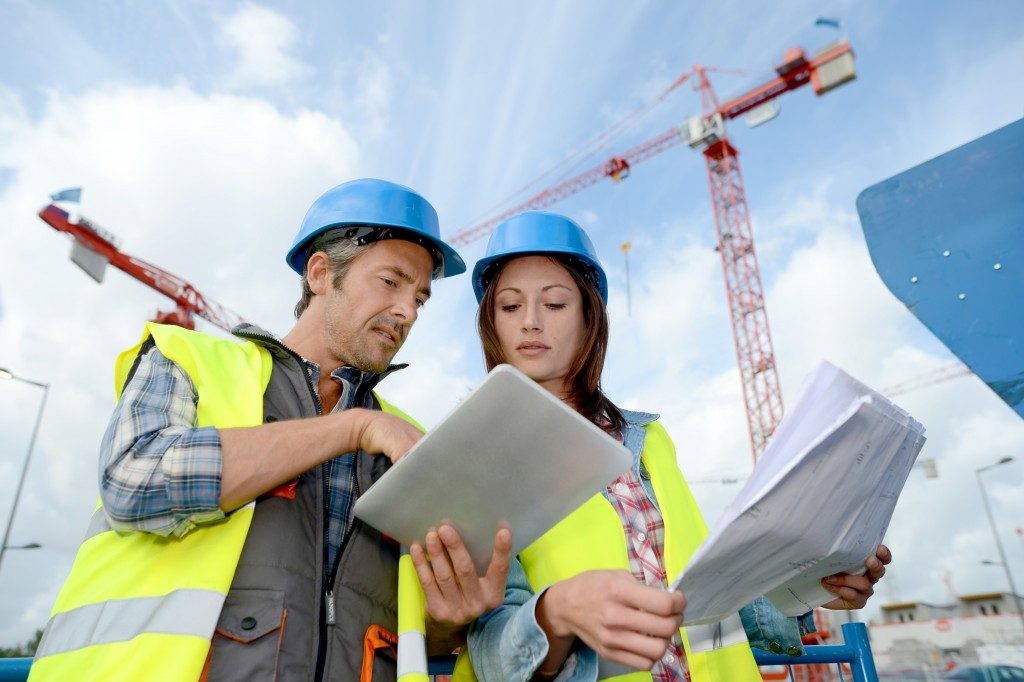Workplace injuries are unfortunately commonplace in many industries, like manufacturing, health care and social assistance, and construction. However, among these three, construction is the one that reigns supreme according to statistics.
In the years 2017 to 2018, over 59 individuals per 1000 employees were injured or contracted an illness while working in construction. Numerous employers see to it that their employees are cared for should they come to harm, but it doesn’t have to be this way if workplace injury in construction was prevented altogether. How?
Well, here are a few factors that businesses in construction need to consider in order to achieve such a positive effect.
Adequate Training
Ignorance isn’t bliss when it comes to the construction industry. In fact, it can be detrimental to both the oblivious employee as well as the people around them. This is why employees should know what the job entails upon entering any construction site.
This becomes a reality when employers properly train their staff. The training should educate them on their job description, other responsibilities, the possible hazards of the job and safety procedures. Additionally, they should at least know some form of first aid in the event that something does go wrong. If this can’t be done, let them know the proper avenues to contact help.
By ensuring that employees new and old have received proper training, employers reduce the chance of fatal mistakes and raise the awareness of their employees.

Proper Equipment
No person should have to work without the items they need to successfully and safely accomplish their job. This is especially true in the construction industry, where injuries like lacerations, burns, fractures, and vision impairment have become more and more commonplace due to faulty gear and inadequate safety preparation.
One of the best ways to prevent injury to employees is by providing them with safety equipment alongside the tools that they use. The eyes can be protected either with safety glasses or visors. This is especially important for individuals who handle welding or grinding machines.
For the hands, there are construction-grade gloves that are cut and abrasion-resistant. With this protection, employees can go about their responsibilities without damaging their hands.
Aside from the basic items like eye and hand protection, other equipment should be provided for specific hazards. Construction often involves working above ground. Those who have to work above the height of 6 feet should have fall protection equipment to ensure their safety.
Regular Inspections
Like other industries, equipment used in construction suffers from wear and tear over time. To raise productivity and lower incidents, businesses should make it a point to regularly inspect the status of each item – to check what needs replacing or repair.
The working environment should also be monitored alongside the equipment. This is where communication plays a vital role. By organising a clear line of communications, employees can report on certain aspects of the job that they feel is, or can become, hazardous.
Protecting employees and securing their general welfare is not only a wise move but a legal obligation that any employer has to their staff in the construction industry. These individuals are a valuable part of the workforce, and without them, nothing can be accomplished properly. Therefore, the importance of keeping them safe and healthy benefits everyone.

